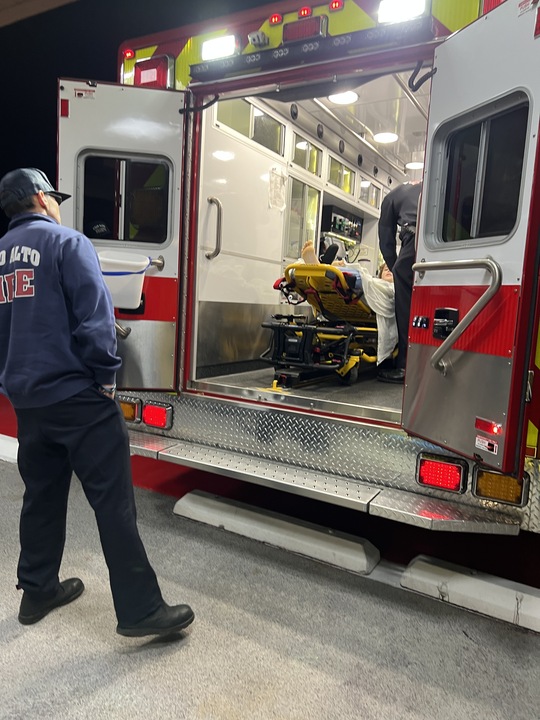Drama department puts more effort into drama productions than is recognized.
Not many students realize the amount of time and energy the drama department puts into each of their productions. It’s not as simple as rehearsing lines until everyone has them memorized.

Before any production begins, the director, stage manager and assistant stage manager have a pre-production meeting to discuss and envision the upcoming production—setting, design, costume, make up, etc. When all is planned, the real work begins.
"[It] is [a] major commitment. You are here for the final show and you stay in school until three in the morning to fix up the set," assistant stage manager junior Hema Kopalle said. "[During] technician week, you are here from seven in the morning, first period, all the way [until] 10 at night."
The drama department builds its own set as well. The set designer needs to sketch the play’s design, wood needs to be ordered for the set, and the costume designer needs to begin making the costumes. Everything begins around 8 weeks before opening night, and needs to be finished four weeks prior to opening night so that the final weeks can be reserved for rehearsal with the actors and technicians. Rehearsals are four days a week, starting from around 2 pm and ending between 5 pm to 10 pm. In the weeks nearer to opening night, and all the actors and technicians are there, rehearsals end between 8 pm and 10 pm.
"[The drama department] becomes your home," Kopalle said. "The black box is where you live, the auditorium is where you work and school is just another thing going on."
Everyone in drama is a part of each production, in which they all play vital roles. Miniscule details, which the audience often overlook,are equally as important as the acting. Lighting is one of those details.
"Lighting isn’t all about hanging and pointing the lights," light technician junior Chris Berger said. "You also have to write light cues, so each time the light changes, even if one light goes dark, you have to write a whole separate light cue for that."
Berger spends about 20 to 30 hours working with the lights to help make the plays look more professional.
"We do [a] house plot, which is like a draft for a stage or something, but [of] where we are going to hang the lights and where [we are] going to point them at," Berger said. "Once you have the house plot, you can start working on special effects."
For the most part, the students of both drama and advanced drama produce and set up the plays. During the two major plays of the year where they are performed in the auditorium, drama teacher Holly Cornelison is the main director, but the students are heavily involved.
"I like to give them that hands on experience, that chance to lead their peers, and that developmental experience as well," Cornelison said.
Not many students know that drama dedicate their afternoons and evenings into making the play students watch either for their own sake or for extra credit.
Don’t let drama fool you—there’s always a story behind the scenes.
{cc-by-nc-sa}




